Our Services
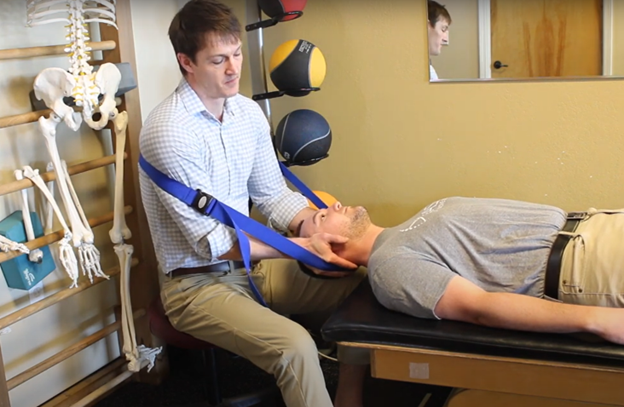
Chiropractic Adjustments
Chiropractic care focuses on the diagnosis and treatment of mechanical disorders of the musculoskeletal system.
Improper motion of any given joint can cause the surrounding soft tissue structures (muscles, joints, tendons, ligaments, and fascia) to lack optimal performance. This often leads to pain and discomfort.
When pain or restriction if felt in joints, a chiropractor can provide relief to those areas and restore more normal movement with a procedure is called an adjustment or joint manipulation. The “pop” sounds sometimes made during these joint manipulations sometimes shocks people a little bit at first, but the sensation is usually relieving and not painful at all. The pop sound isn’t due to any joints being dislocated or “put back into place,” but simply a gas bubble formation within the joint as a result of stretching the joint.
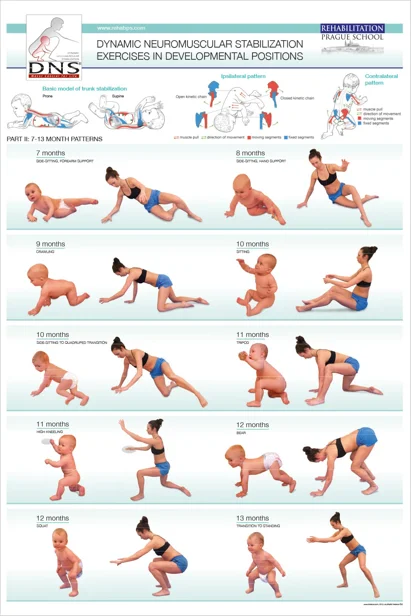
Dynamic Neuromuscular Stabilization
DNS starts at the highest levels of our body’s functioning—the brain—to explain and correct proper movement quality. After studying how we develop as children, DNS has shown we are able to utilize normal developmental positions to retrain ideal movement in patients. DNS is useful in improving body awareness while decreasing pain and muscular compensations. A big focus of DNS movements is for joints and muscles maintain proper joint centration through their full range of motion.
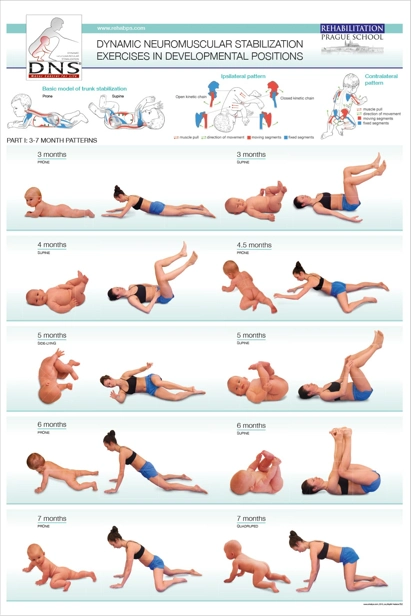
Performance and Injury Prevention
We help you to improve your performance, heal from current injuries, and prevent future ones by using science and research to provide you the best and safest ways to optimize your athletic abilities.
With a keen eye, we monitor motion patterns to check for muscle compensations, repetitive improper movements, and any other habits that could lead to pain injuries.

Dry Needling
Dry needling is a revolutionary form of therapy to treat myofascial pain and biomechanical dysfunction. The reason it’s called “dry” needling is because there is nothing being injected into the muscles. The thin filaments are used to pass through the skin and enter the trigger point causing the pain you may be feeling. Often causing a local twitch response, which is an involuntary reflex or twitch within the tight and adhered tissue.
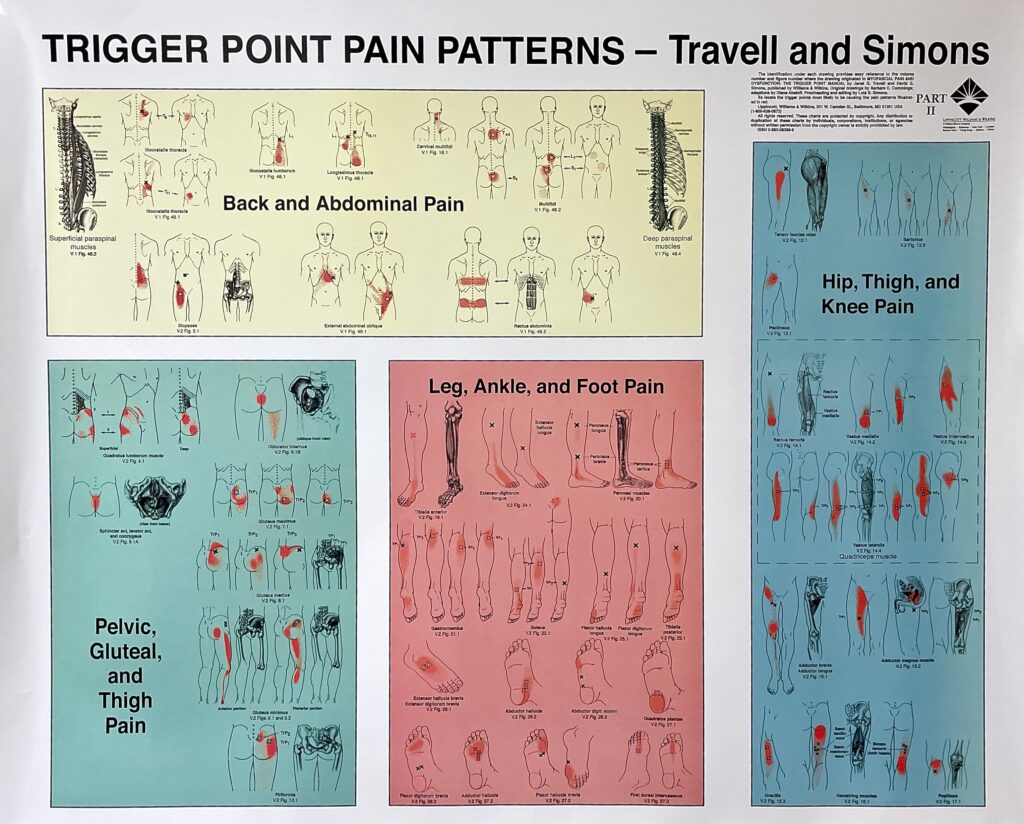
Acupuncture
With acupuncture, thin filaments are inserted in places to stimulate nerves, muscles and connective tissue. Electrical stimulation is often connected to the inserted filaments to help stimulate the area.
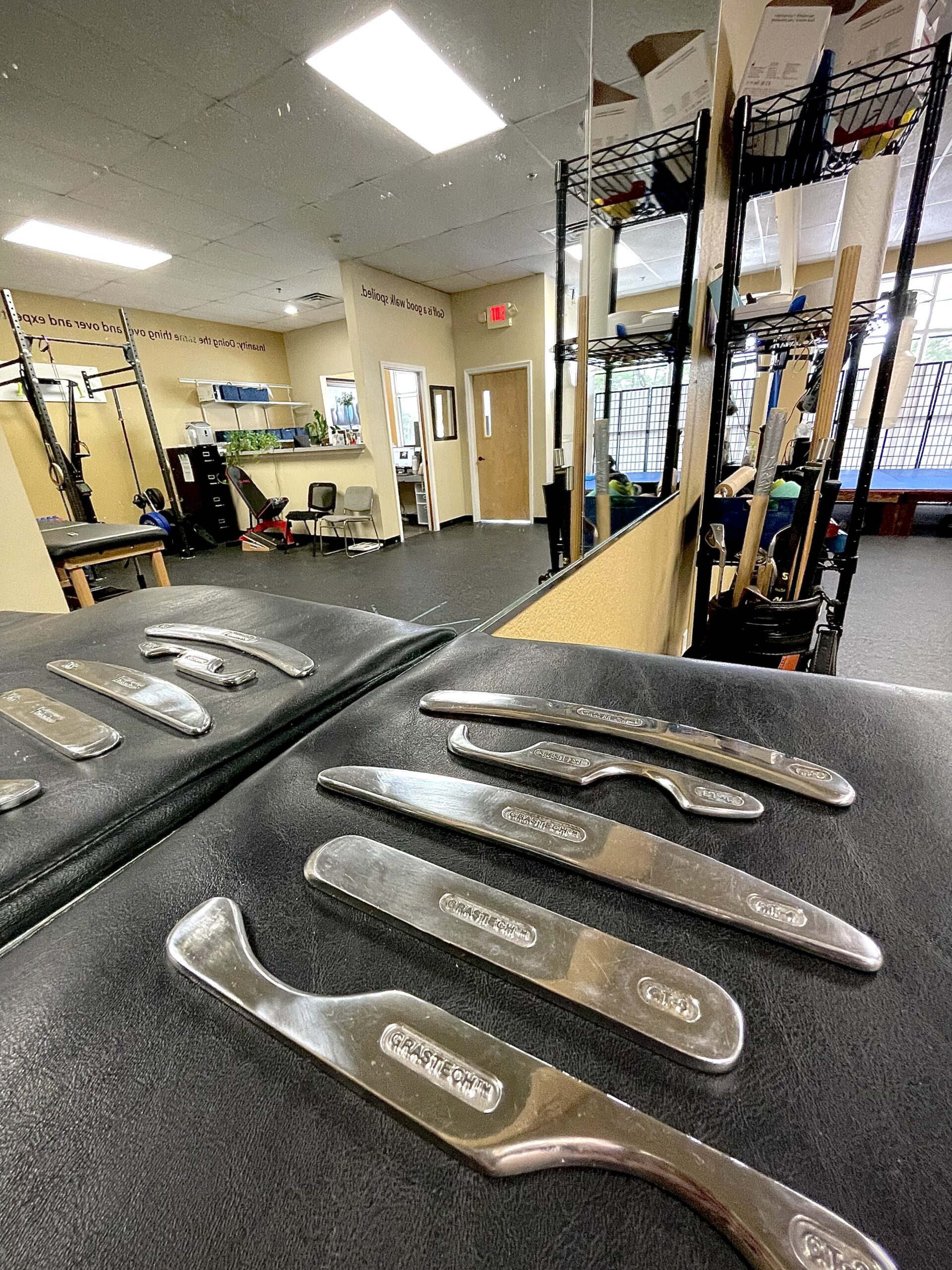
Graston Technique
The Graston Technique is a form of manual therapy known as soft tissue, instrument-assisted mobilization. It uses stainless steel instruments to perform a specialized form of massage/scraping the skin to help restore function, increase blood flow, and decrease pain.
Benefits of the Graston Technique includes reduction in tissue viscosity, myofascial release, interruption of pain receptors, and improvement of flexibility of underlying tissue.
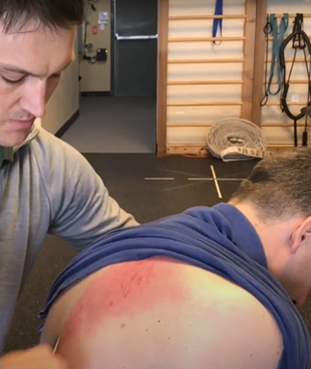
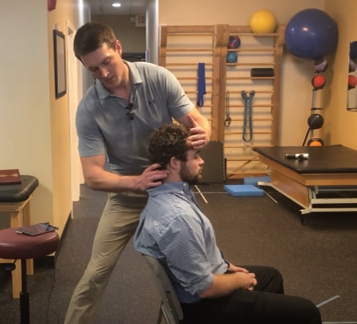
Active Release Technique
Active Release Technique or A.R.T. is a form of soft tissue therapy in which precise tension and compression are applied to a designated tissue. Once the tension and compression are applied, the patient will actively perform a specific movement, or the doctor will take them passively through the movement.
